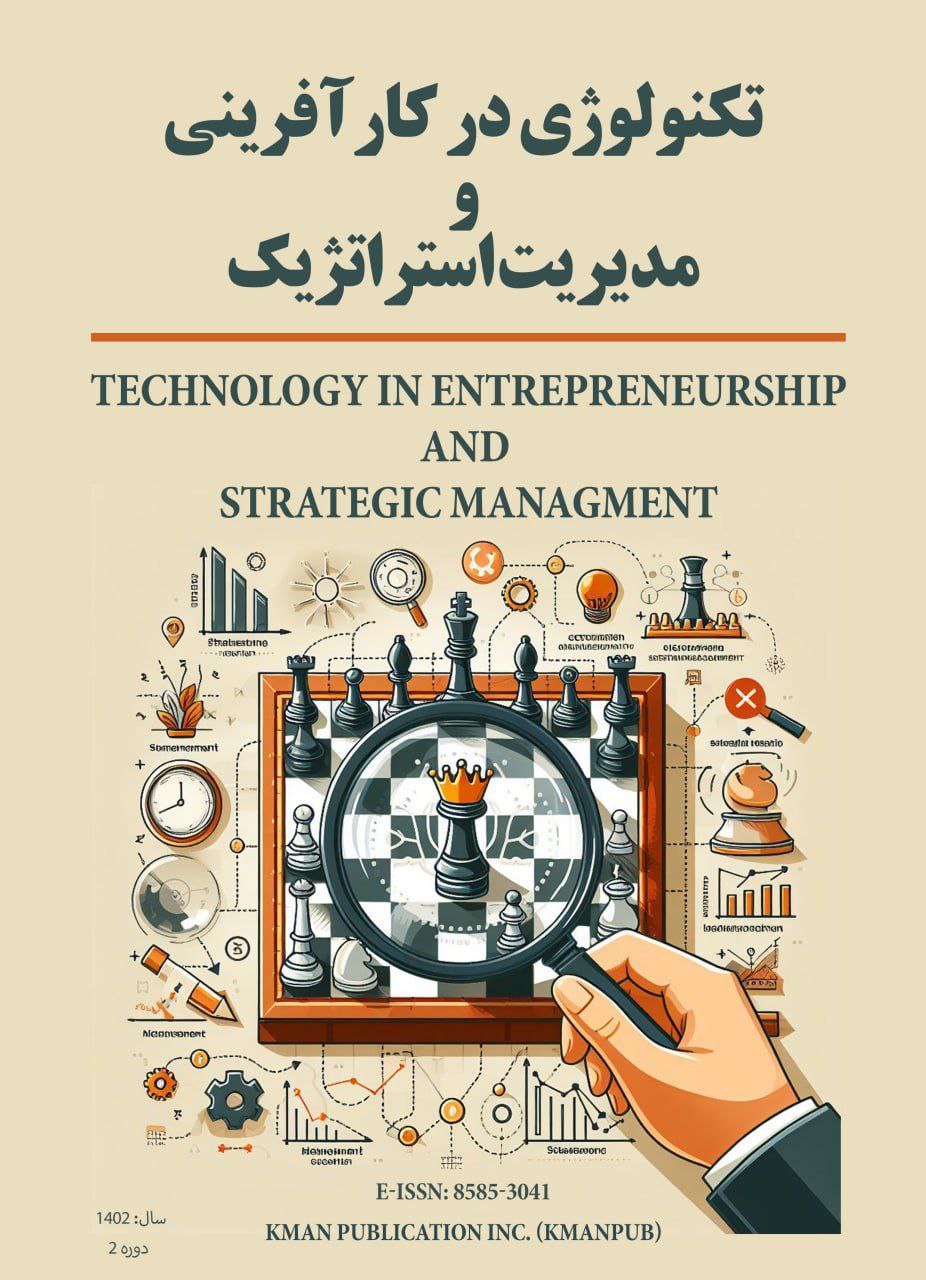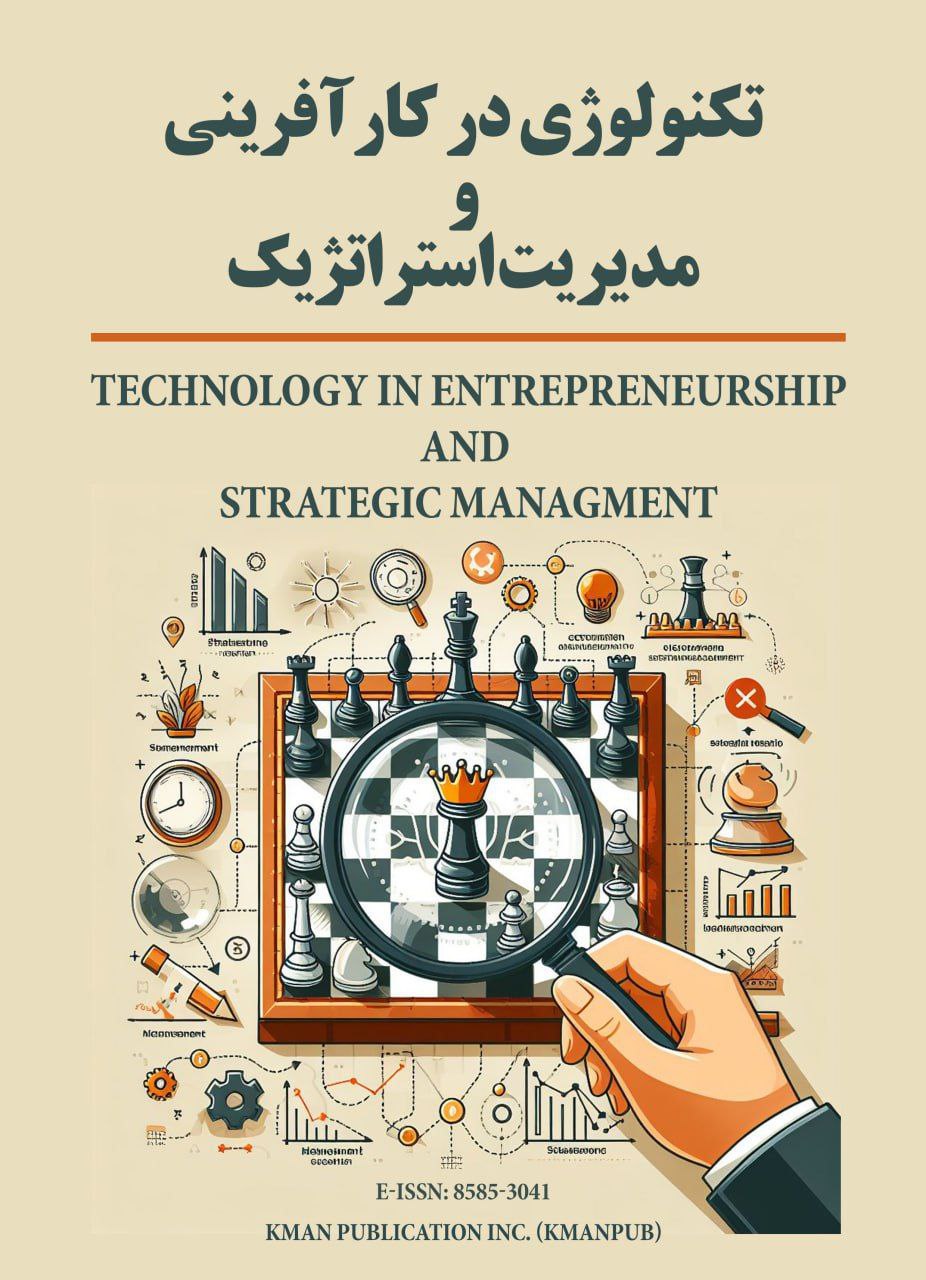Analysis of Strategic and Business Factors Influencing the Adoption of Cyber Technologies in Entrepreneurship Management Using Artificial Neural Network (ANN) Approach
Keywords:
Cybersecurity, Technology Adoption, Entrepreneurial Organizations, Structural Equation Modeling, Artificial Neural NetworkAbstract
In today's world, the use of modern cybersecurity technologies is vital for organizations. However, the adoption of these technologies among entrepreneurial organizations faces challenges. This research aims to analyze the technical, organizational, and environmental factors influencing the adoption of cybersecurity technologies in entrepreneurial organizations. In this regard, structural equation modeling (SEM) was used to examine the impact of these factors on the adoption of cybersecurity technologies. This study employed both statistical methods of structural equation modeling (SEM) and artificial neural network (ANN). The statistical population consisted of experts, specialists, and managers in the field of information and communication technology (ICT) with experience in entrepreneurship, totaling 251 individuals. A sample of 152 individuals was selected using random sampling and Cochran's formula. For data analysis, SEM was used to present the conceptual model and examine causal relationships among variables, while ANN was utilized to predict technology adoption based on influential factors. SPSS and PLS-SEM software were used for these analyses. The results indicate that regulatory and compliance requirements, senior management support, technology compatibility, ease of use, organizational culture, competitive pressure, security capabilities, sufficient resources, and user readiness and awareness positively and significantly impact the adoption of cybersecurity technologies. These findings assist managers of entrepreneurial organizations in identifying and managing key factors influencing the adoption of these technologies. Additionally, these results can contribute to the development of theoretical frameworks in the field of technology adoption in entrepreneurial organizations. Sensitivity analysis using ANN with a sigmoid transfer function and backpropagation algorithm showed that environmental factors, with a normalized importance mean of 33.3%, had the highest importance in the conceptual model of the research. Organizational factors ranked second with 28.8% normalized importance, while technical factors, with 25.2%, had the least importance among the three categories of factors examined. These findings highlight the decisive role of environmental and organizational factors compared to technical factors in the phenomenon under study. These findings can help improve the process of adopting new cybersecurity technologies in organizations. Overall, the results of this study suggest that for the successful adoption of new cybersecurity technologies in organizations, special attention should be paid to cultural factors, resources, regulatory requirements, and management support. Understanding and prioritizing these key factors can significantly help managers in formulating more effective strategies and plans to increase the adoption rate of these technologies.






















